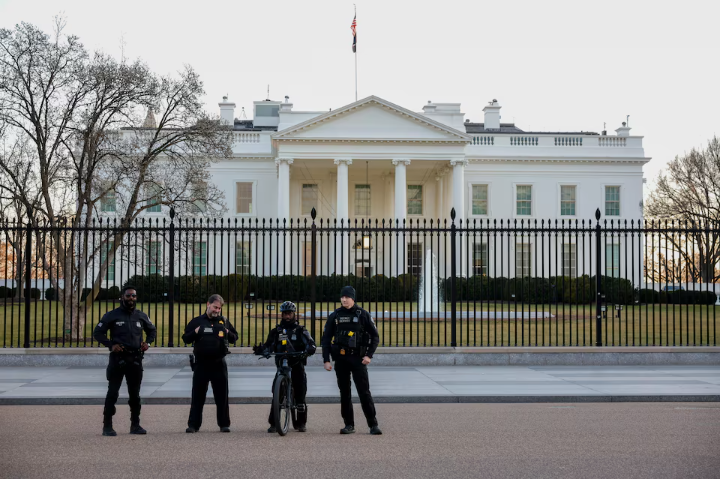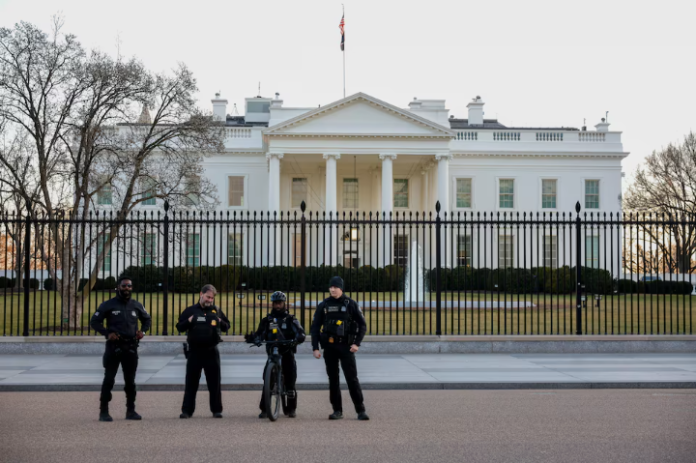The U.S. Government’s Plan to Restructure the Federal Workforce
The White House has announced a major workforce restructuring initiative, offering financial incentives for up to 2 million full-time civilian federal employees to resign. This unprecedented move, known as the “deferred resignation program,” aims to streamline government operations and cut costs, but it has also raised concerns about job security and political motives behind the decision.
How the Deferred Resignation Program Works
According to an internal email sent to federal employees, those who choose to participate in the program will remain on payroll until September 30, 2025, without having to report for work. In some cases, their duties may be reassigned or eliminated altogether. Employees have until February 6 to decide whether to take part by responding to the email with the word “resign.”
The program excludes employees working in immigration and national security-related positions, as well as those employed by the U.S. Postal Service.
Why Is the White House Implementing This?
President Donald Trump has made government downsizing a priority, seeking to reduce federal spending and reshape agencies to fit his administration’s vision. The plan is expected to result in a “more streamlined and flexible workforce”, according to the internal communication.
While some departments, such as the military and immigration enforcement, may expand their workforce, most federal agencies are likely to face job cuts, layoffs, and restructuring. The administration has warned employees that there are no guarantees of job security in the future.
Will This Actually Save Money?
NBC News cited a senior administration official estimating that 5% to 10% of federal employees may accept the offer, potentially leading to $100 billion in savings. However, Reuters could not independently verify this claim.
Billionaire entrepreneur Elon Musk, who was appointed by Trump to oversee cost-cutting measures, initially proposed a $2 trillion reduction in federal spending. However, he has since adjusted expectations, stating that actual savings will likely be lower.
Opposition and Concerns Over Job Protections

Democratic Senator Tim Kaine has criticized the initiative as a “fake offer”, arguing that the president lacks the authority to implement it and that employees may never receive the promised financial incentives.
Many federal workers are unionized and benefit from strong job protections. However, the administration has introduced measures that could weaken these protections, such as:
- Furloughs and reclassification of employees to “at-will” status, allowing them to be dismissed without notice or justification.
- A federal hiring freeze, except for military, immigration, and national security roles.
- An executive order making it easier to fire thousands of federal workers.
Labor unions, including the National Treasury Employees Union, have urged workers not to resign, warning that the email campaign is designed to pressure employees into leaving.
What’s Next?
With federal employees facing uncertainty about their future, the next few weeks will be crucial in determining how many will take the incentive to resign and what the long-term impact will be on government services.
The White House has yet to respond to requests for comments on the policy, and legal challenges could arise if the administration moves forward without congressional approval.
Do you think this policy will truly make the government more efficient, or is it a way to push people out? Share your thoughts in the comments!



